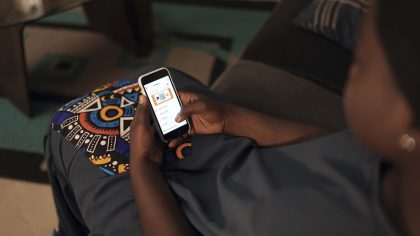An AI to predict where sperm whales will surface
● Researchers from the University of Harvard have developed a framework that makes use of drones and a reinforced learning algorithm to predict where sperm whales will surface so that their conversation can be recorded.
● The drones are equipped with a very high frequency (VHF) signal detection system to enhance the tracking of the whales, which have been tagged with radio beacons.
● This data in combination with information from underwater microphones has enabled the team to predict where sperm whales will surface so that they can observe their social behaviour.
Read the article
● The drones are equipped with a very high frequency (VHF) signal detection system to enhance the tracking of the whales, which have been tagged with radio beacons.
● This data in combination with information from underwater microphones has enabled the team to predict where sperm whales will surface so that they can observe their social behaviour.


IoT and soft robotics: is mechanical computing making a comeback?
Read the article
Collective self-consumption of energy: Building renewable, local, and shared energy
Read the article
Institutional funding and interpersonal solidarity in Senegal
Read the article
Mobile money: an alternative to a bank account for small businesses in Senegal?
Read the article
Flooding: how machine learning can help save lives
Read the article
